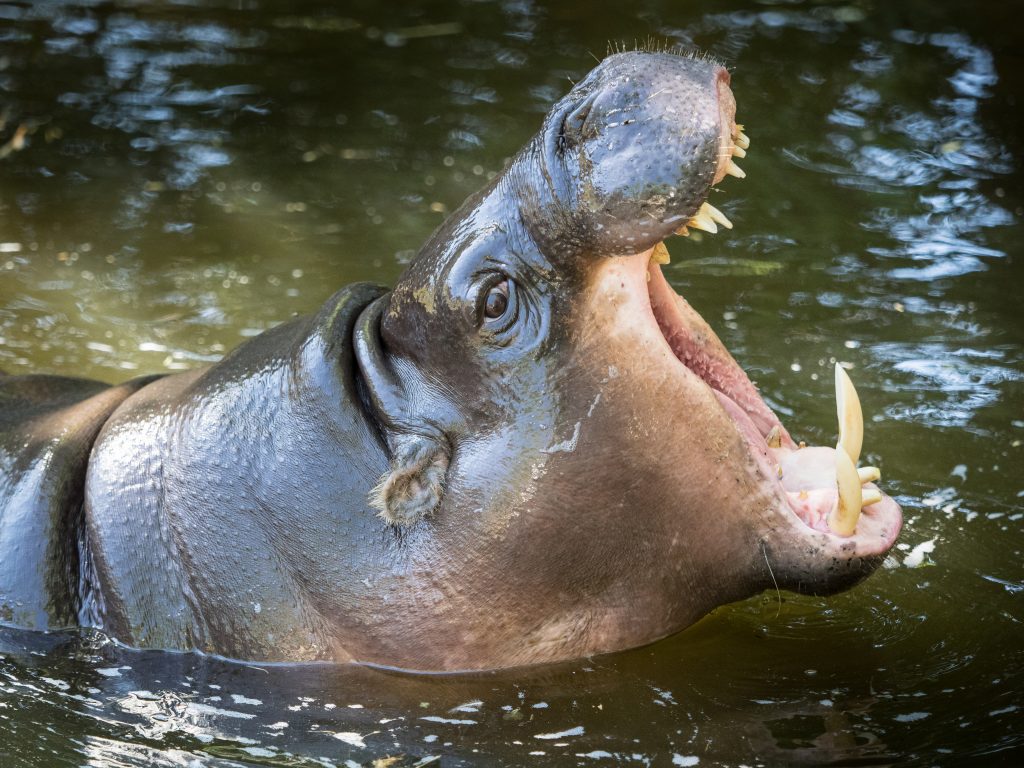9.4 Variety in Operational Sex Ratios
Ultimately, sex ratios are the result of:
- sex allocation (or, sex ratios at birth), which in humans favor males,
- differential mortality (in humans, females generally have less mortality), and are therefore favored) and
- differential migration (e.g., are males or females more likely to leave their home communities at maturity? This varies by species and populations).
Sex allocation: Sex allocation, or sex ratios at birth, can depend on many factors. In organisms that have chromosomally determined sex (i.e., biological sex is predicated on chromosomes), sex ratios are a function of meiosis, conception, and development. There is some conventional wisdom that in organisms with chromosomally determined sex, sex-ratios should be around 1:1 Male:Female. Why? Because, due to the genetic “lottery” of meiosis, half of the offspring conceived should be males, and half of the offspring conceived should be females. Let’s revisit meiosis, using the example of hippos, for just a bit:

Check Yourself
So, if half of the offspring conceived are male, and if gestation proceeds the same for male and female fetuses, then we expect the sex ratio at birth for these hippos to be 1:1. However, this is not always the case. We’ll discuss interesting findings on hippo sex allocation soon. Keep reading!
Recall from other discussions (and summarized here) that many organisms do not experience chromosomal sex-determination. For example, many reptiles have temperature-dependent sex-determination—their sex is determined by the temperature at which they are incubated. In the American alligator, eggs that are incubated at higher temperatures (above 31ºC) produce mostly males, while incubation below 31ºC produces mostly females. Thus, a warming climate is altering sex ratios in the American alligator (and many other reptiles). In the green spoon worm, the presence of a female leads a neighboring worm to develop as a male, and many other organisms (e.g., clown fish, wrasses) can change sex depending on the surrounding sex ratios.
Differential mortality: When the sexes experience differential mortality, this will inevitably lead to differences in sex ratios. For example, in many ducks, the breeding season is especially hard on females. Copulation is often forced on females by males, and females can be vulnerable to deadly harm as a result. Also, simply laying eggs is energetically taxing, and females are more vulnerable to predation and disease during the egg-laying period. As a consequence, adult sex-ratios in many duck species are male-biased. And in organisms with intense male-male competition, adult sex-ratios can favor females, even if the sex ratios were 1:1 at birth.
Differential migration: Some adult sex ratios are affected by differential migration, which refers to any situation in which males or females are more likely to migrate—out of the population they were born into, into a new population. Both the home population and the new population can experience a change in sex ratios as a result. In the last few decades of the 20th century, a large number of Mexican men left Mexico in search of work elsewhere. As a result, the adult sex ratio in many areas of Mexico skewed female, leading to an increase in unmarried women and a lower birth rate. Similarly, many towns in North Dakota have become male-dominated, as jobs in the male-dominated fracking (a way to extract oil and natural gas from the earth) industry have boomed.
Check Yourself
- https://en.wikipedia.org/wiki/Pygmy_hippopotamus#/media/File:Hexaprotodon_liberiensis_Lagos_Zoo_Portugal_(3).jpg ↵

